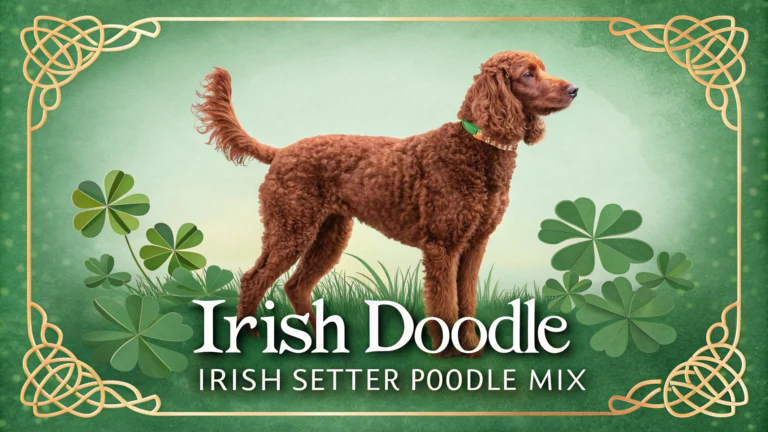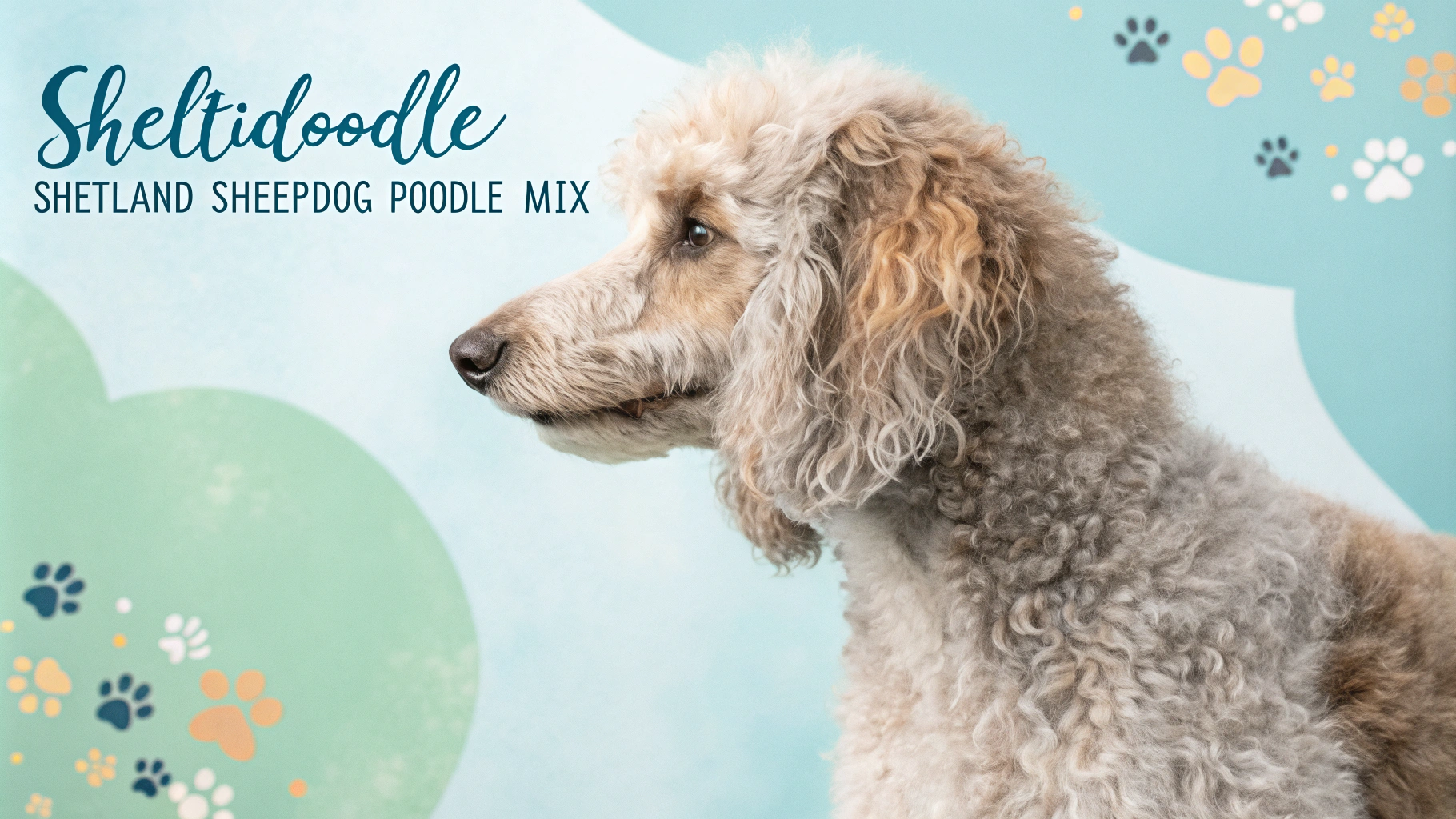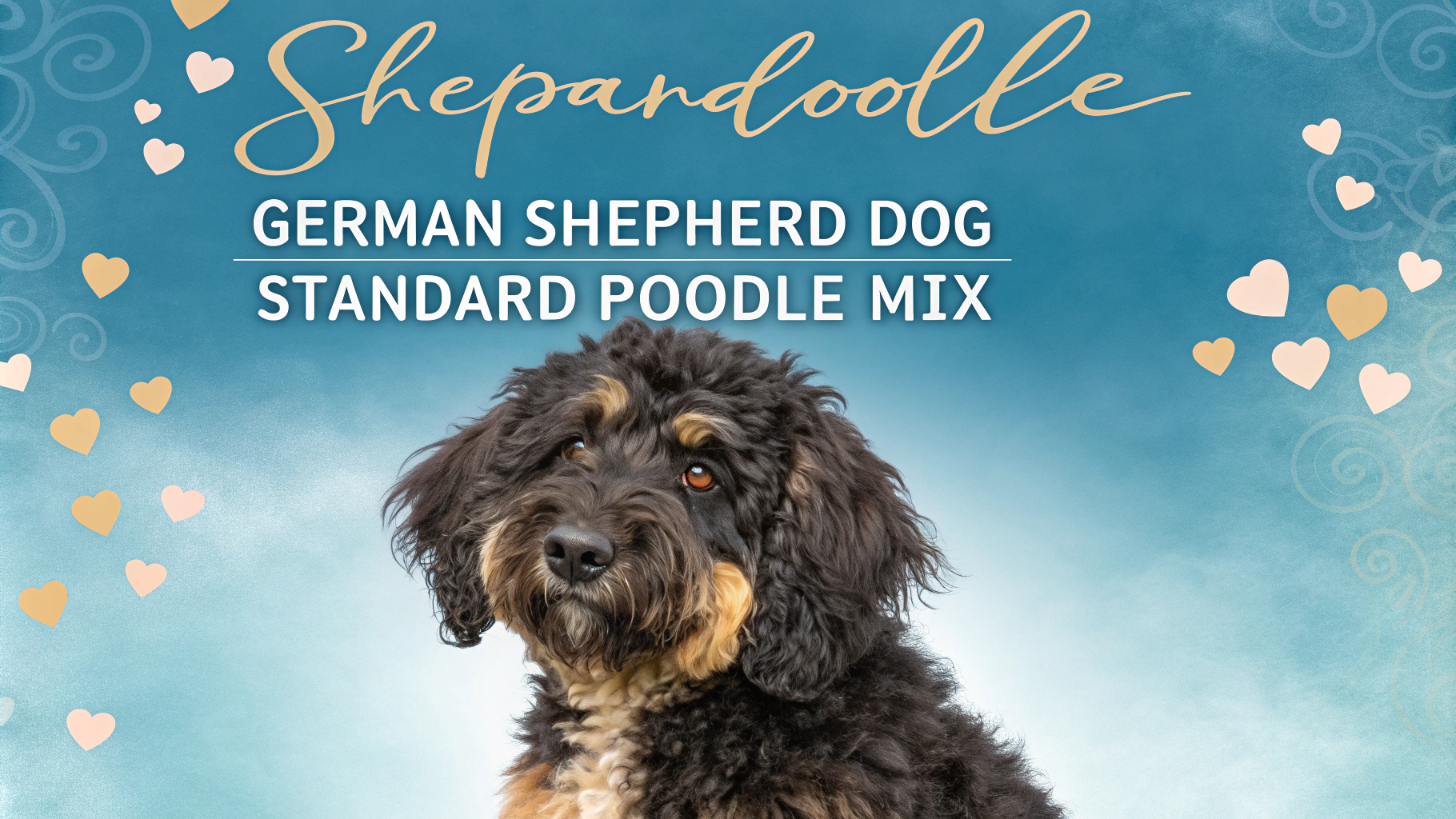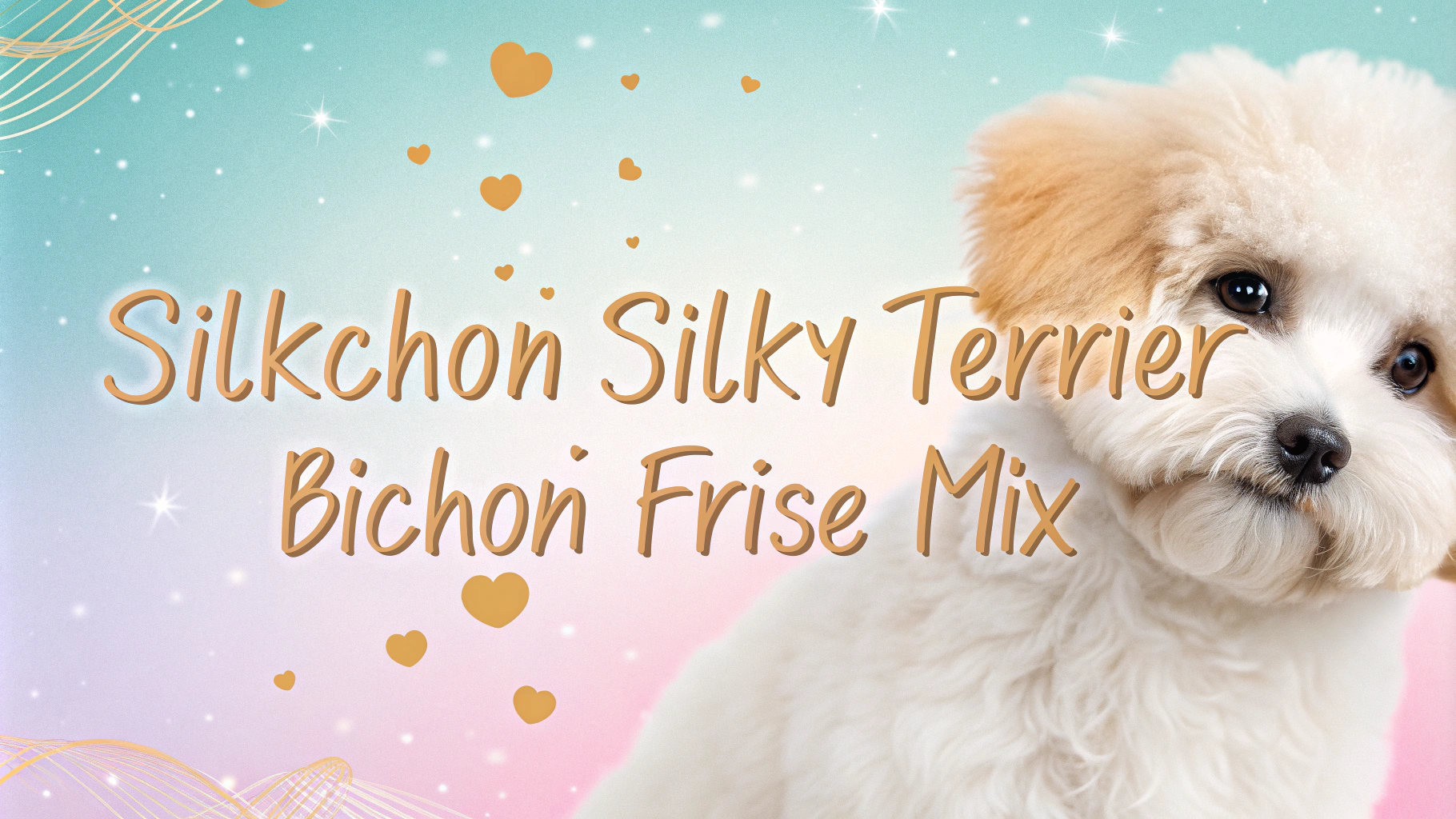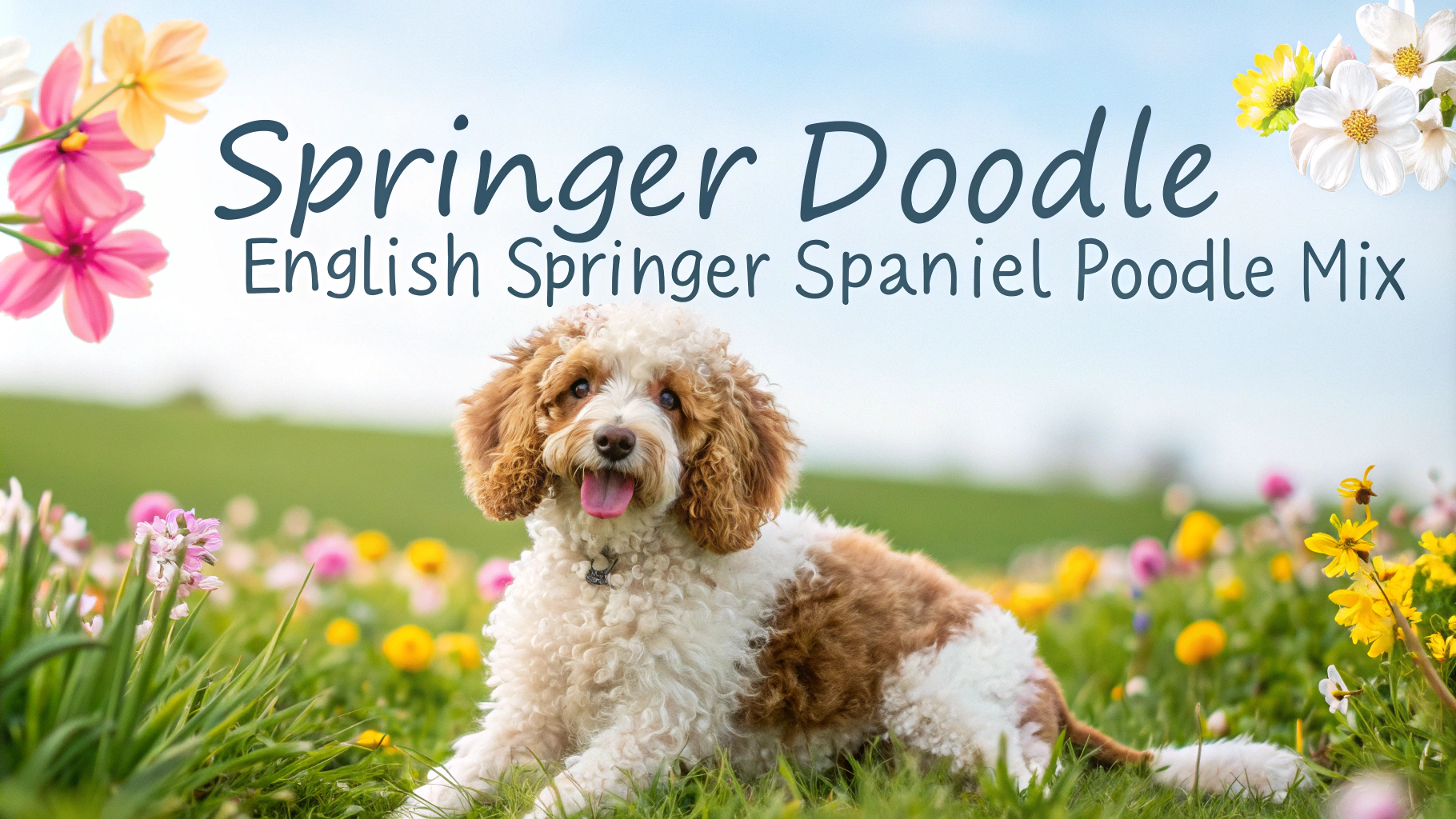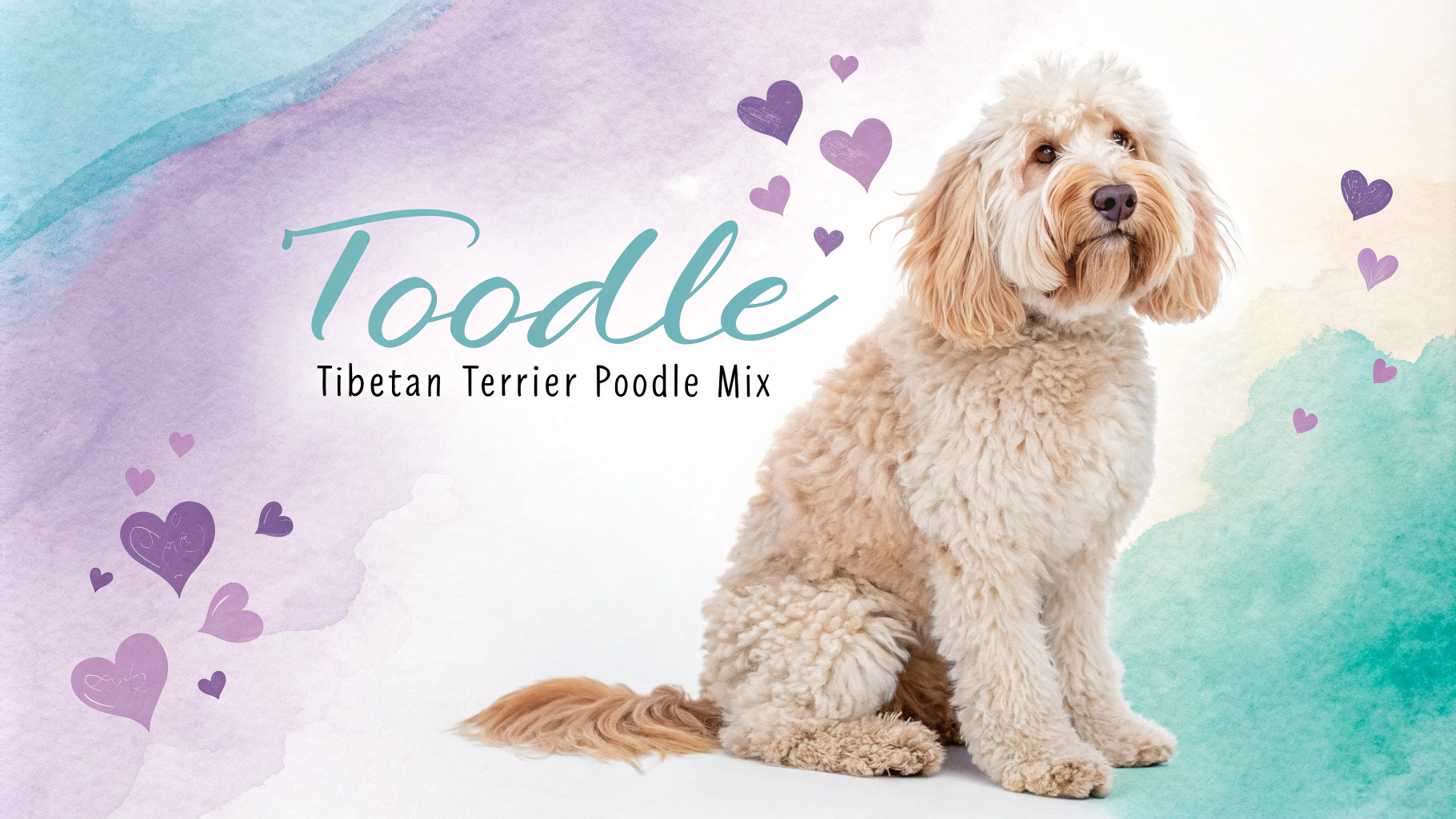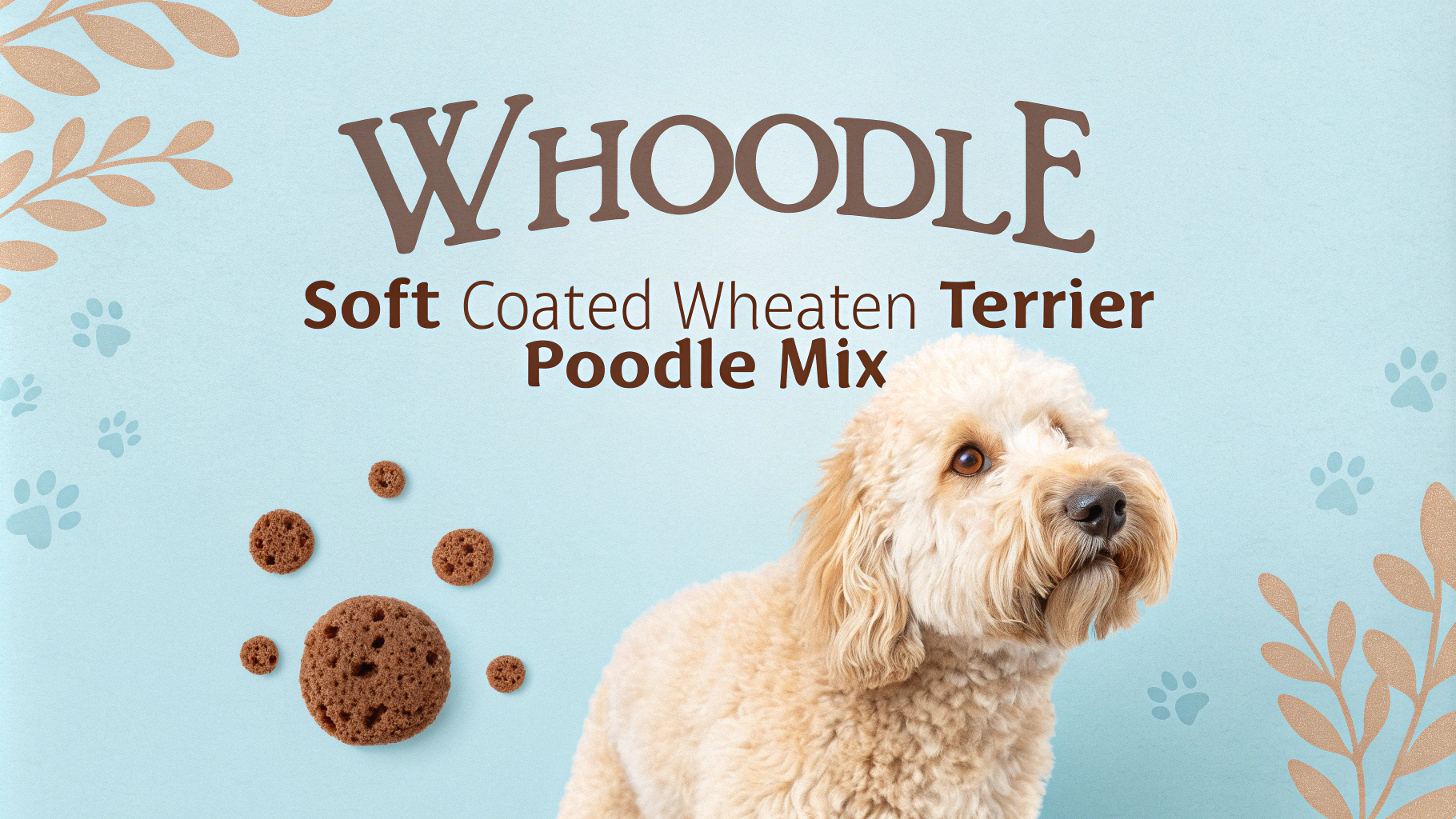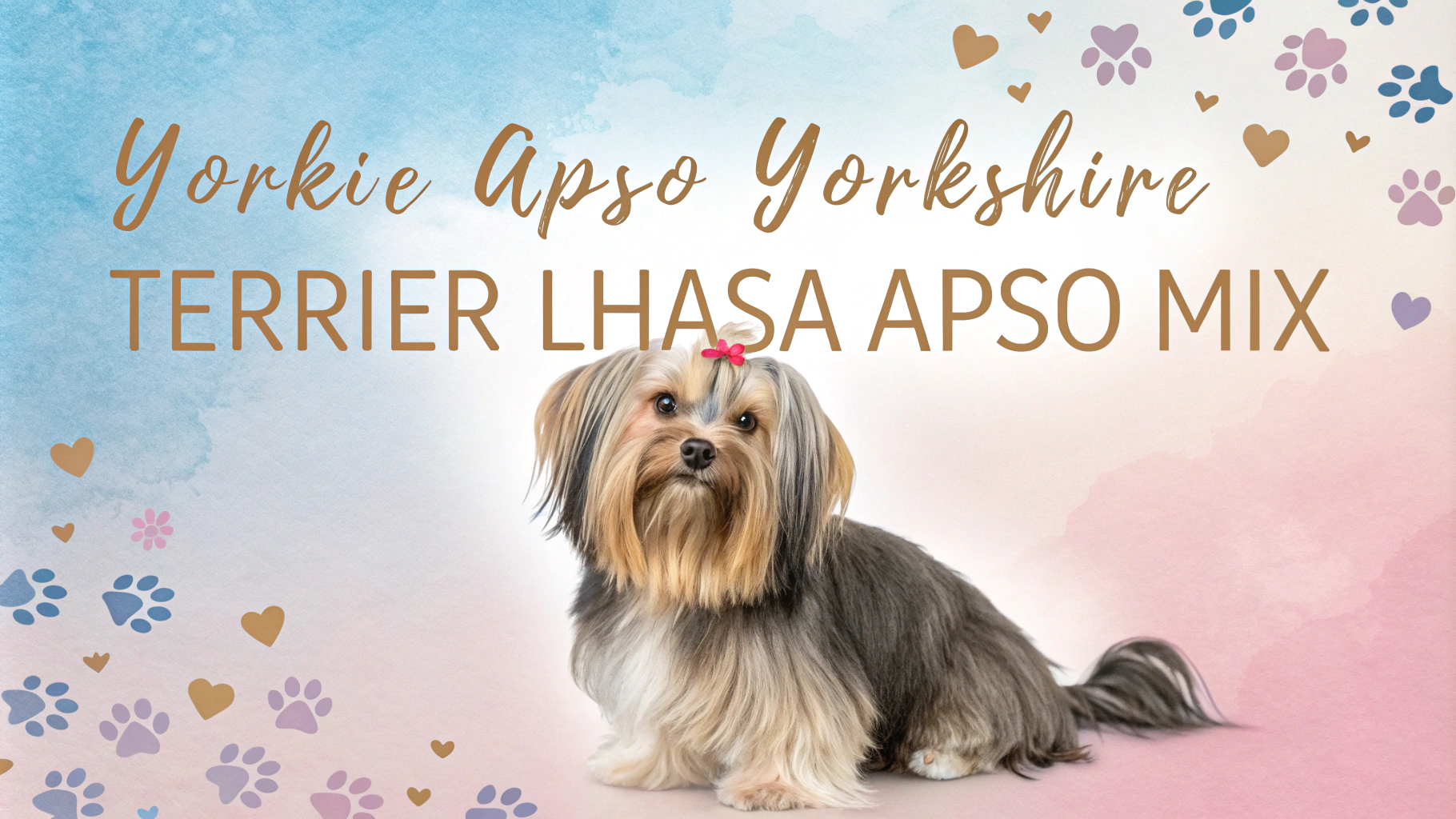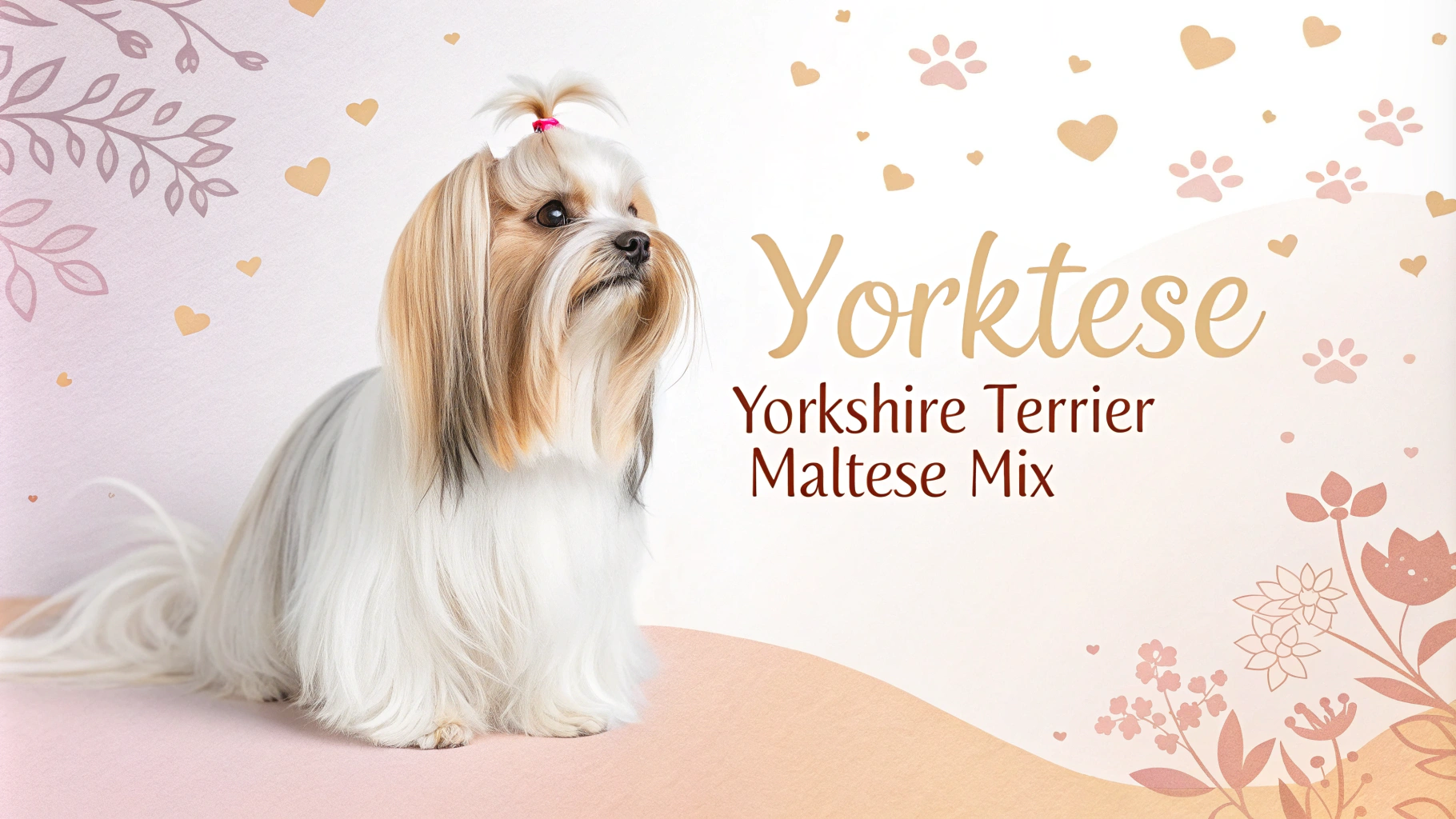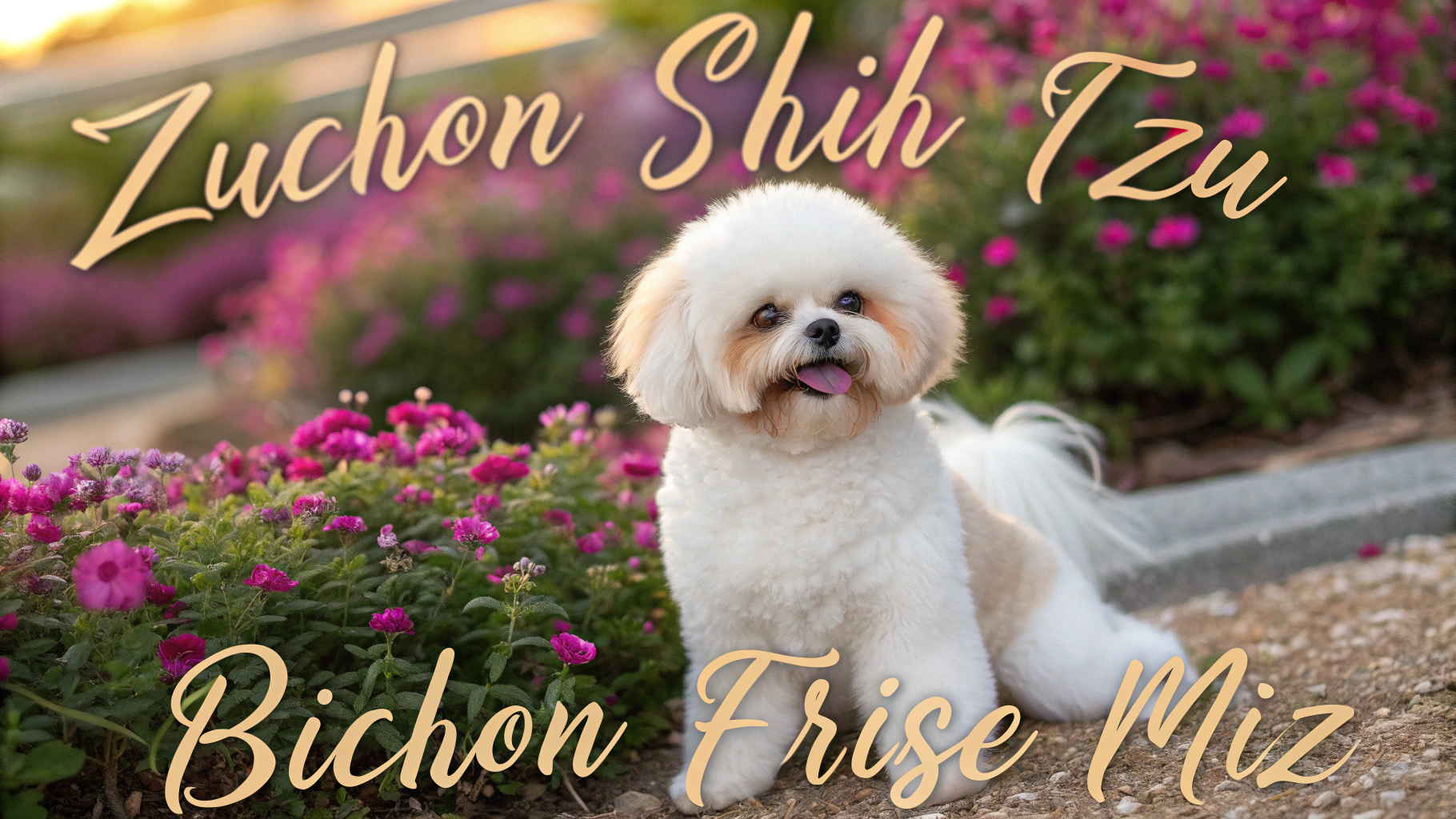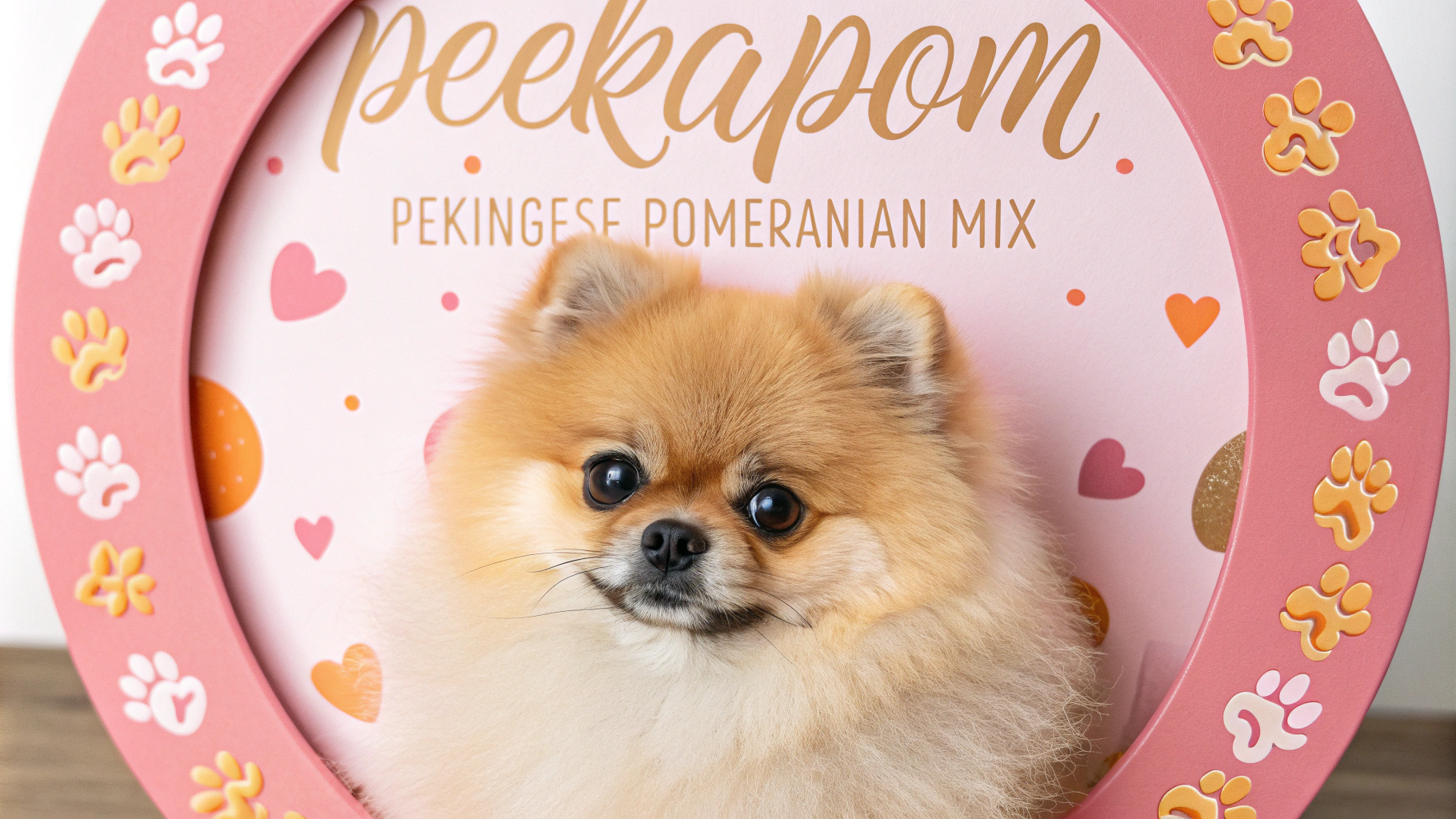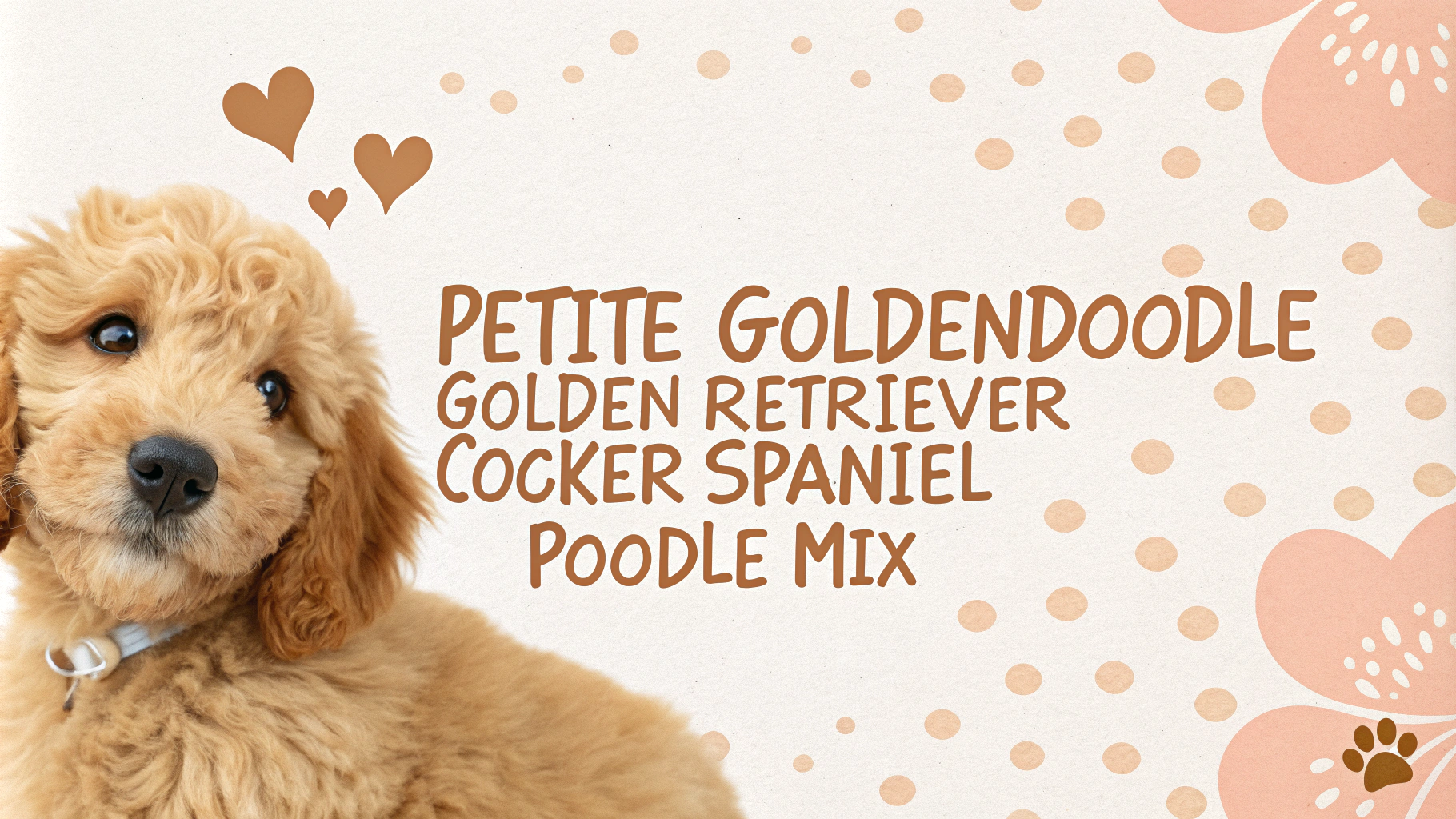The Irish Doodle is a charming mixed breed dog resulting from crossing an Irish Setter with a Poodle. This designer breed combines the intelligence and low-shedding coat of the Poodle with the friendly, energetic nature of the Irish Setter. Irish Doodles are known for their affectionate personalities, high energy levels, and striking appearance. As with any mixed breed, characteristics can vary, but these dogs generally make excellent family companions for active households.
Key Facts
- Size: Medium to large (40-70 pounds, 22-28 inches tall)
- Coat: Wavy to curly, low-shedding
- Colors: Red, apricot, black, brown, or combinations
- Lifespan: 10-13 years
- Temperament: Friendly, intelligent, energetic
- Exercise Needs: High
- Trainability: Generally easy to train
Character Traits
Irish Doodles are known for their friendly and outgoing personalities. They inherit the Poodle’s intelligence and the Irish Setter’s enthusiasm, resulting in a highly trainable and eager-to-please companion. These dogs are typically:
- Affectionate and loving with family members
- Good with children and other pets when properly socialized
- Energetic and playful, requiring plenty of exercise and mental stimulation
- Alert and sometimes protective, making them good watchdogs
- Social and prone to separation anxiety if left alone for long periods
Irish Doodles thrive on human interaction and are best suited for families who can provide ample attention and exercise. Their friendly nature may make them poor guard dogs, as they’re more likely to greet strangers with enthusiasm than suspicion.
History & Origins
The Irish Doodle is a relatively new designer breed, likely originating in the United States within the last few decades. As with many “doodle” breeds, the exact origins are not well-documented. The breed was likely developed to combine the desirable traits of both parent breeds:
- Irish Setter: Known for its beautiful red coat, friendly temperament, and hunting abilities
- Poodle: Prized for its intelligence, hypoallergenic coat, and versatility
The goal was to create a family-friendly dog with a low-shedding coat and the energetic, affectionate nature of the Irish Setter. While not recognized by major kennel clubs as a standardized breed, Irish Doodles have gained popularity as companion animals. As with all mixed breeds, it’s important to research both parent breeds to understand potential characteristics and health concerns.
Health Concerns
Irish Doodles generally inherit good health from both parent breeds, but they can still be prone to certain conditions. Common health issues may include:
- Hip dysplasia: A genetic condition affecting the hip joint
- Progressive Retinal Atrophy (PRA): An inherited eye disorder that can lead to blindness
- Bloat: A potentially life-threatening condition where the stomach fills with gas and twists
- Ear infections: Due to their floppy ears, which can trap moisture
Regular veterinary check-ups, a balanced diet, and proper exercise can help mitigate some of these risks. It’s also crucial to obtain an Irish Doodle from a reputable breeder who conducts health screenings on parent dogs.
Exercise Needs
Irish Doodles are energetic dogs that require substantial daily exercise to maintain their physical and mental well-being. They typically need:
- 60-90 minutes of exercise daily
- A mix of activities, including walks, runs, and playtime
- Mental stimulation through puzzle toys and training sessions
These dogs excel in various canine sports such as agility, obedience, and retrieving games. Regular exercise helps prevent destructive behaviors that may arise from boredom or pent-up energy. Irish Doodles also enjoy swimming, thanks to their water-loving Irish Setter heritage, making it an excellent exercise option when available.
Space Requirements
Irish Doodles are medium to large-sized dogs that thrive in environments with ample space. Ideal living conditions include:
- A house with a securely fenced yard
- Access to outdoor areas for play and exploration
- Sufficient indoor space for rest and indoor activities
While they can adapt to apartment living if provided with adequate exercise, Irish Doodles are best suited for homes with more space. They enjoy having room to move around and play, both indoors and outdoors. A fenced yard allows them to safely explore and burn off energy. However, with proper exercise and mental stimulation, they can adjust to smaller living spaces if necessary.
Nutrition & Feeding
Proper nutrition is crucial for maintaining the health and vitality of Irish Doodles. Key considerations for their diet include:
- High-quality dog food: Choose a brand formulated for medium to large, active breeds
- Portion control: Feed according to age, size, and activity level to prevent obesity
- Meal frequency: typically 2-3 meals per day for adults
- Fresh water: Always available
Irish Doodles may have different nutritional needs based on their size, which can vary depending on whether they take after their Poodle or Irish Setter parent. Consult with a veterinarian to determine the best diet plan. Avoid overfeeding, as both parent breeds can be prone to bloat. Consider using slow-feed bowls and avoiding exercise immediately after meals to reduce this risk.
Grooming Tips
Irish Doodles require regular grooming to maintain their coat health and overall appearance. Their coat can vary from wavy to curly, depending on which parent they take after more. Brushing should be done 2-3 times a week to prevent matting and tangling, especially in areas prone to knots like behind the ears and under the legs. Regular bathing every 4-6 weeks is recommended, using a gentle dog shampoo suitable for their coat type.
Professional grooming every 6-8 weeks can help maintain a neat appearance and manage coat length. Pay special attention to:
- Trimming around the eyes to maintain visibility
- Cleaning and plucking ears to prevent infections
- Nail trimming every 2-3 weeks or as needed
- Teeth brushing 2-3 times a week for dental health
If the Irish Doodle has a more Poodle-like coat, consider learning how to do basic trimming at home between professional grooming sessions. This can help reduce grooming costs and maintain the coat’s condition. Always use proper grooming tools, including a slicker brush, metal comb, and gentle de-matting tools when necessary.
Training Approach
Irish Doodles are intelligent and eager to please, making them generally easy to train. They respond best to positive reinforcement techniques, including praise, treats, and play. Consistency and patience are key in training this breed. Early socialization is crucial to ensure they develop into well-rounded adults, comfortable with various people, animals, and environments.
Start with basic obedience commands like sit, stay, come, and down. Irish Doodles often excel in:
- Agility training
- Scent work
- Advanced obedience
- Therapy dog work
Due to their high energy levels, incorporating training into daily exercise routines can be beneficial. Use short, engaging training sessions to keep their attention, and vary the exercises to prevent boredom. Puzzle toys and interactive games can also help stimulate their minds and reinforce training concepts.
Address any potential behavioral issues, such as excessive barking or jumping, early on with consistent training. Irish Doodles may have a tendency to be mouthy as puppies, so teaching bite inhibition is important. With proper training and socialization, Irish Doodles can become well-mannered, versatile companions suitable for various family situations.
